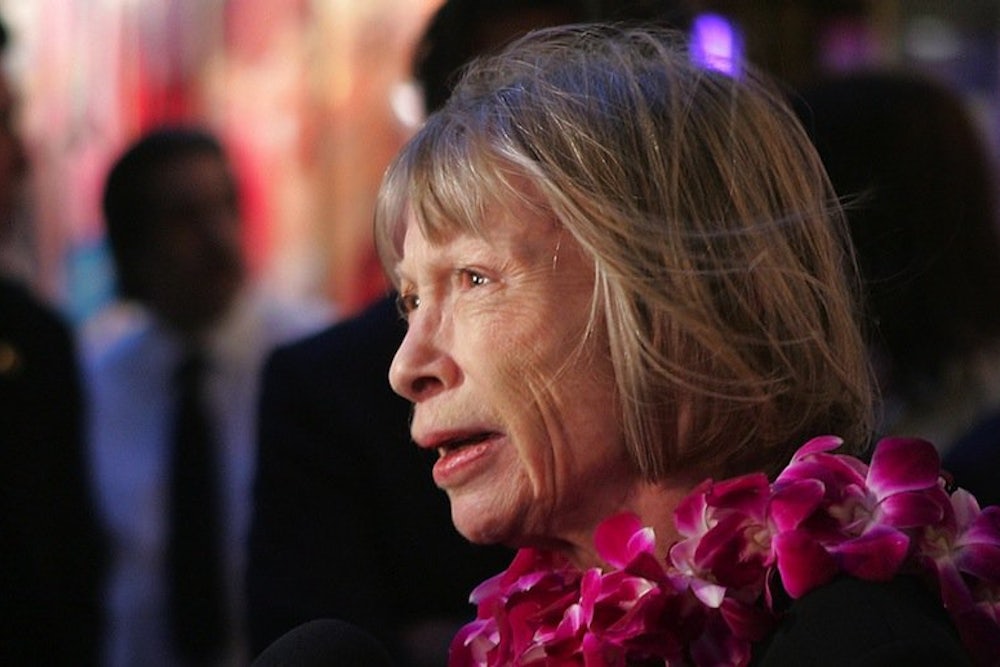This isn’t the way most “lost” novels find their way to the printer: a safe-deposit box, leading to a mailer that had never been fully opened, and inside, a 300-page manuscript that has now been published as Go Set A Watchman, and may be followed by a mysterious third book, from the same vault. In fact, experts on Lee’s work had known both about Go Set A Watchman and the other unpublished works for a long time. Earlier this year, Casey N. Cep wrote a beautiful essay about Harper Lee's abandoned true crime book, The Reverend. And Lee's biographer Charles J. Shields saw references to another novel-in-progress, The Long Goodbye, while researching his 2006 book Mockingbird: A Portrait of Harper Lee.
The existence of most “lost” novels is usually known years before anyone decides to publish them. Jack Kerouac's first novel, The Sea is My Brother, was published in 2011 after 70 years of neglect. Dawn Ward, the book's editor, noted that Kerouac had mentioned it in his letters; he apparently thought it was a "crock". In Hunter S. Thompson's case, it was his publisher who didn't like The Rum Diary and the author who insisted on publishing it anyway, decades later in 1998. An incomplete Robert Louis Stevenson novel published last year was also not truly lost: it was housed in the Huntington Library, California, and documented in his correspondence.
By this logic, it should be easy to predict the next crop of lost novels. The surest candidate is J. D. Salinger, who like Harper Lee had early, outsize success and then became reclusive—though unlike her he continued to publish new works. Before his death in 2010, he approved an additional five of his books for posthumous publication: an anthology of stories called The Family Glass; a novel set in World War II; a guide to Vedanta, a school of Hindu philosophy he followed; a novella in the form of a counterintelligence agent’s diary; and a new Holden Caulfield story.
Another release on the horizon is the juvenilia of Truman Capote, which was unearthed not from an attic or the bowels of a shipwreck, but from the archive of his papers at the New York Public Library. Meanwhile, anyone hungry for more of Joan Didion’s writing can look up her unproduced screenplays. By my count, there are at least six, co-authored with her husband John Gregory Dunne, including a re-envisioning of the 1932 classic movie Grand Hotel, and a thriller for Disney called Ultimatum, in which “terrorists threaten to set off a nuclear weapon on the eve of a presidential election.” None of these has been published—yet—but for relatively modest sums (between $200 and $1000) typescripts of them can occasionally be bought from auction houses.
Once on this trail, it can be hard to stop. When, for instance, will the unpublished Marilynne Robinson novel—“set in the Middle West, where I had never been—a little midwestern town with a river running through it”—surface? (She now loathes the book: “as if worms had popped out of it.”) The Russian poet and dissident Joseph Brodsky admitted to writing a novel, which at the time he “considered one of the breakthroughs in modern Russian writing.” There may be an unpublished Joycean epic in Norman Rush’s drawer: he wrote his first novel when he was eighteen and in prison; and a second that was also never published, despite the success of Mating, which appeared when he was in his late fifties. The Paris Review once reminded Walker Percy that he’d been working on a novel about “two amnesiacs traveling on a Greyhound bus” in the late 1970s. What happened to it? “I can’t remember,” Percy told them.
The Australian novelist Peter Carey, twice winner of the Booker Prize, has perhaps the most impressive untapped back-catalog, if the manuscripts themselves are still intact. He wrote a novel, which was excerpted but never published in full, in the mid-1960s. He then sold a second novel, this one set in London, but the publisher pulled out at the last minute. His third attempt sounds eminently resurrectible: “a wildly difficult, odd book about a bureaucratic investigation into a man’s life”, featuring “reproductions of 65 newspaper photographs of car accidents, people in hoods, notes on cornflakes packets, mad graffiti beside Melbourne railway lines”. He was 25 years old when he wrote it and convinced that “no one would ever publish it because it was so good.”
The most difficult question is whether a novelist should ever publish their early, previously uncirculated works. Of his first three books, Carey later concluded, “They were no good to start with, and they hadn’t gotten any better.” Yet there are occasionally reasons to publish. Antiquarian bookseller Henry Wessells points out that, “It requires a certain doggedness for a reader to go to the special collections section of the library and consult an unpublished manuscript;” in the case of a widely-read or studied author, it might then make more sense to publish. And sometimes the hunger for more work by a beloved writer can bring an underestimated novel to light, as Hilary Mantel explained in an interview:
A friend of mine, the Irish writer Clare Boylan, rang me up and said she was doing an article for the Guardian about people’s unpublished first novels, and had I got one?
The book was a historical novel—a hint of what was to come in the now much-celebrated Wolf Hall series—called A Place of Greater Safety. She brought the manuscript to lunch with a friend, where it sat on the chair next to her. Fortunately, she didn’t take his advice on whether to publish: “Don’t do it.”
